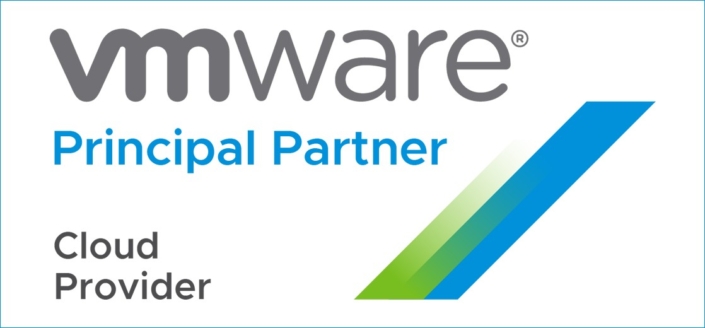Understanding Veeam Availability Orchestrator terminology

When it comes to creating disaster recovery (DR) plans, Veeam Availability Orchestrator makes it easy to ensure your data is available when disaster strikes. Beyond creating what we call a Failover Plan in Veeam Availability Orchestrator, we also ensure that our DR plans are tested successfully on a regular basis, with the documentation to prove it. This documentation can also be used for compliance, auditing, and ensuring members of an organization know the state of the DR plan at all times.
You may be asking yourself, “What is a Failover Plan?” after reading the first paragraph of this post. Don’t worry, we are about to explore what they are, as well as other terms we commonly use when talking about Veeam Availability Orchestrator.
A Failover Plan is what is created in Veeam Availability Orchestrator to protect applications. The Failover Plan is central to an organization’s DR plan. The goal of the Failover Plan is to make failovers (and fail backs) as simple as possible. Within a Failover Plan, there are a number of Plan Components, which are added to the Failover Plan to meet the business’ requirements.
VM Groups contain the virtual machines (VMs) we are ensuring Hyper-Availability for in the event of a disaster. The VM Groups are powered by VMware vSphere Tags. VMs are simply tagged in vCenter, and the vSphere Tag name will appear in Veeam Availability Orchestrator as shown in the screenshot above. Plan Steps are the steps taken on the VMs during a failover. This includes a number of Application Verification steps available out of the box including verification of applications such as Exchange, SQL, IIS, Domain Controllers, and DNS. Credentials for verifying the applications are also one of the plan components. In addition to these built in application verification tests, Custom Steps can also be added to the Plan Components, allowing organizations to leverage already existing DR scripts.
Template Jobs ensure data is backed up and kept available during a failover scenario. They are created in Veeam Backup & Replication and then added to a Failover Plan during creation. Another big component of a Failover Plan is a Virtual Lab, which we refer to as a Veeam Data Lab. Veeam Data Labs allow for an isolated copy of a production application to be created and tested against. When we are finished using this copy of the data, we simply delete it without ever having impacted or changed our actual production data. This allows for Virtual Lab Tests to be performed to prove recoverability, and the corresponding Test Execution Report to be generated.
We all know how difficult testing DR plans used to be. We would spend a few days locked in the data center, without even getting the applications running correctly. We would say it would get fixed “next time,” but we all know the truth was often that these broken DR plans were never fixed. Veeam Availability Orchestrator removes this overhead, and allows for quick and easy testing without impacting production. In the event a test fails, the Test Execution Report shows us exactly what went wrong so we can fix it.
Before we run a Virtual Lab Test, we first run a Readiness Check on our Failover Plan, and yes, this also comes with a Readiness Check Report so we can easily see the state of our DR plan. This is a lightweight test that is performed to ensure we are ready to failover at a moment’s notice. Best of all, this check can be scheduled to run daily, along with a Plan Definition Report. The Plan Definition Report shows us exactly what is in a Failover Plan, including the VMs in a VM Group and all of our Plan Steps. This report also shows any changes so we have a full audit trail of our DR plan.
As you can tell by this image, our Failover Plans are ready in the event of a failover. They are listed as a “verified” state which means we have successfully run a Virtual Lab Test and a Readiness Check, both of which can be scheduled to run as often as we would like. We can also ensure reports are sent to key stakeholders when the checks are run.
In the event of a failover, which we can trigger on demand or schedule, an Execution Report will be generated. This will detail the steps taken as part of the Failover Plan on the VMs in a VM Group, and show that the application has been successfully verified and is running in the DR site. We know the execution of a Failover Plan will be successful since we have already tested it successfully.
Sources: Veeam Blog
Need disaster recovery? Do not hesitate to contact us at sales@zettagrid.id or call to +62 811 28 38 78





